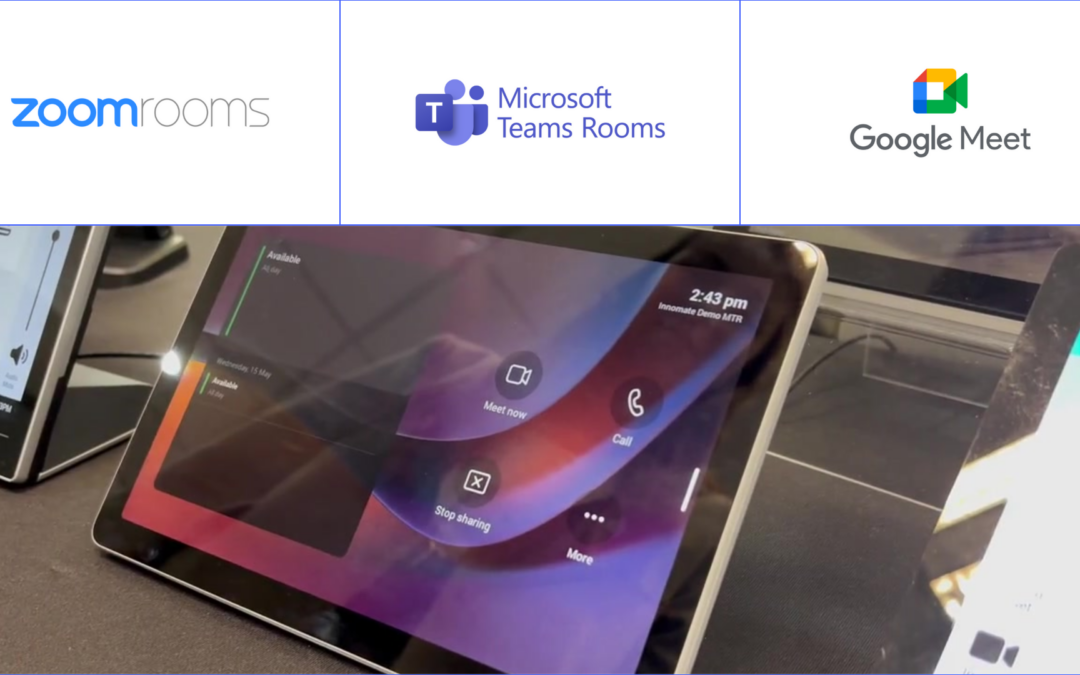Understanding Unified Communications Ecosystems
Audio Visual and Unified Communications is now considered a foundational component of organisational AV environments. Unified Communications (UC) is the integration of real-time communication methods, including voice, video, messaging, room booking, support, and data driven insights, with collaborative tools such as video conferencing, file sharing, and screen sharing.
Why do Universities use Unified Communications platforms?
The primary objective for any university is to foster an environment where students, educators and employees can maximise their productivity. A Unified Communications (UC) platform is an effective way to achieve this goal. A UC platform allows people to communicate from any location, at any time, and on any device, as long as they have internet access.
Since their genesis in the 80s, UC systems have significantly evolved and now offer a comprehensive suite of services. Contemporary UC platforms facilitate real-time voice, video, and text communications, include sophisticated collaboration tools, and frequently come with integrated artificial intelligence features.
How do AV and UC Solutions benefit Universities?
Integrated UC platforms centralise communication within an organisation, reducing communication silos and enhancing organisational efficiency. This is more important than ever as organisations strive for standardisation across the numerous AV room designs required across any given location.
Unified Communications solutions ensure consistent communication across all teams, irrespective of the device being used. UC systems also enhance customer service by enabling remote work, allowing employees to handle customer service calls from anywhere. This flexibility can save organisations substantial amounts in office space and staffing costs. Additionally, UC platforms support real-time collaboration, allowing people to share documents, conduct video conferences, and share screens while taking notes.
Unified Communications - The Data
Studies show that organisations that participate in collaboration see a 25% boost in productivity, efficiency and output
Summarising Unified Communications Solutions and Platforms
Complex AV and UC platforms are often considered excessive for small businesses with limited communication needs and tight budgets.
Less expensive options, such as cloud PBX systems or SaaS applications, tend to be more appropriate for smaller businesses.
Another perceived potential drawback is the assumed lack of vendor-agnostic platforms, which may be incompatible with existing systems and hinder easy migration to another vendor. Working in close conjunction with our partner, Innomate, we can help you solve this problem with a truly vendor and hardware-agnostic model.
What should your organisation choose for it’s Unified Communications solution?
You should be sure to choose a solution that offers real-time communications (voice, video, and text messaging), strong collaboration tools, and a well-defined plan for future enhancements. Your UC solution should be device and vendor agnostic, scaleable, secure, and highly available. Your AV and UC platform should also provide comprehensive AV and UC Remote Monitoring and Management. Luckily, UXT can help you achieve all of this, and move you to a single platform, Software as a Service solution, giving you complete control over your UC environment.
To find out how UXT can help your University to deploy a fully integrated, secure, highly available Audio Visual and Unified Communications solution, get in touch with our team today for free, no-obligation consultation.
More Articles




